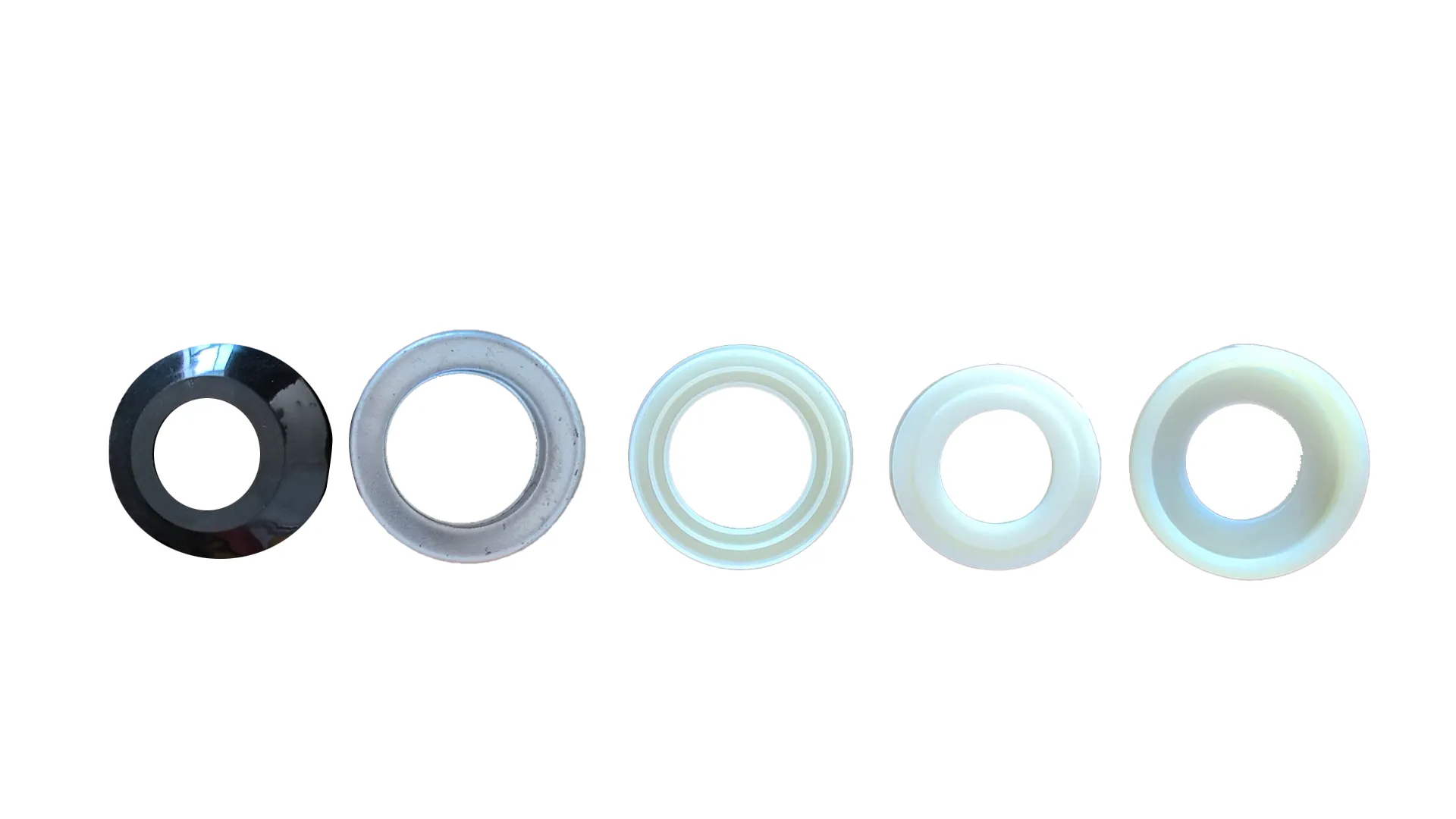 Afrikaans
Afrikaans  Albanian
Albanian  Amharic
Amharic  Arabic
Arabic  Armenian
Armenian  Azerbaijani
Azerbaijani  Basque
Basque  Belarusian
Belarusian  Bengali
Bengali  Bosnian
Bosnian  Bulgarian
Bulgarian  Catalan
Catalan  Cebuano
Cebuano  Corsican
Corsican  Croatian
Croatian  Czech
Czech  Danish
Danish  Dutch
Dutch  English
English  Esperanto
Esperanto  Estonian
Estonian  Finnish
Finnish  French
French  Frisian
Frisian  Galician
Galician  Georgian
Georgian  German
German  Greek
Greek  Gujarati
Gujarati  Haitian Creole
Haitian Creole  hausa
hausa  hawaiian
hawaiian  Hebrew
Hebrew  Hindi
Hindi  Miao
Miao  Hungarian
Hungarian  Icelandic
Icelandic  igbo
igbo  Indonesian
Indonesian  irish
irish  Italian
Italian  Japanese
Japanese  Javanese
Javanese  Kannada
Kannada  kazakh
kazakh  Khmer
Khmer  Rwandese
Rwandese  Korean
Korean  Kurdish
Kurdish  Kyrgyz
Kyrgyz  Lao
Lao  Latin
Latin  Latvian
Latvian  Lithuanian
Lithuanian  Luxembourgish
Luxembourgish  Macedonian
Macedonian  Malgashi
Malgashi  Malay
Malay  Malayalam
Malayalam  Maltese
Maltese  Maori
Maori  Marathi
Marathi  Mongolian
Mongolian  Myanmar
Myanmar  Nepali
Nepali  Norwegian
Norwegian  Norwegian
Norwegian  Occitan
Occitan  Pashto
Pashto  Persian
Persian  Polish
Polish  Portuguese
Portuguese  Punjabi
Punjabi  Romanian
Romanian  Russian
Russian  Samoan
Samoan  Scottish Gaelic
Scottish Gaelic  Serbian
Serbian  Sesotho
Sesotho  Shona
Shona  Sindhi
Sindhi  Sinhala
Sinhala  Slovak
Slovak  Slovenian
Slovenian  Somali
Somali  Spanish
Spanish  Sundanese
Sundanese  Swahili
Swahili  Swedish
Swedish  Tagalog
Tagalog  Tajik
Tajik  Tamil
Tamil  Tatar
Tatar  Telugu
Telugu  Thai
Thai  Turkish
Turkish  Turkmen
Turkmen  Ukrainian
Ukrainian  Urdu
Urdu  Uighur
Uighur  Uzbek
Uzbek  Vietnamese
Vietnamese  Welsh
Welsh  Bantu
Bantu  Yiddish
Yiddish  Yoruba
Yoruba  Zulu
Zulu Understanding the Functionality and Applications of Snub Rollers in Mechanical Systems
Understanding the Snub Roller A Key Component in Conveyor Systems
In the realm of industrial machinery and material handling, conveyor systems play an indispensable role in ensuring the efficient movement of goods. Among the vital components of these systems is the snub roller, a pivotal element that enhances the performance and reliability of conveyor belts. This article delves into the features, functions, and significance of the snub roller in modern industrial applications.
What is a Snub Roller?
A snub roller is a cylindrical component used in conveyor systems to redirect the path of a conveyor belt. Typically positioned at a specific angle to a drive pulley, the snub roller serves to increase the contact area between the belt and the pulley. This, in turn, enhances the frictional grip necessary for the effective transfer of power from the drive mechanism to the conveyor belt.
Functions of the Snub Roller
The primary function of the snub roller is to transfer energy efficiently between the motor-driven pulley and the conveyor belt. By increasing the belt's contact surface with the drive pulley, the snub roller allows for better traction, which is critical in scenarios where heavy loads must be moved. Additionally, it acts as a tensioning device, helping to maintain the proper tension in the conveyor belt, which is crucial for optimal performance and longevity.
Another vital role that snub rollers play is in the alignment and stabilization of the conveyor belt. They help to guide the belt in a controlled manner, preventing any sagging or misalignment that could lead to increased wear and costly downtime. By ensuring the belt remains taut and correctly oriented, snub rollers contribute to the overall reliability of the conveyor system.
Types of Snub Rollers
Snub rollers come in various designs and materials to suit different applications. The most common types include
snub roller

1. Standard Snub Rollers These are typically made from steel or other durable materials and are used in a wide range of conveyor systems.
2. Adjustable Snub Rollers These rollers can be adjusted to change the angle and tension, offering flexibility for different operational requirements.
3. Crowned Rollers Featuring a slight curvature, crowned rollers help keep the belt centered, reducing the likelihood of misalignment.
4. Rubber-Covered Rollers These provide additional grip and can help absorb vibrations, making them suitable for sensitive cargo.
Significance in Industrial Applications
The snub roller is especially significant in industries where heavy materials are transported, such as mining, construction, and manufacturing. In these sectors, the efficiency of a conveyor system can directly impact productivity and cost-effectiveness. By incorporating snub rollers into conveyor designs, companies can reduce energy costs, minimize maintenance, and extend the lifespan of their equipment.
Moreover, in an era increasingly focused on sustainability and efficiency, optimizing conveyor systems to reduce energy consumption is vital. Snub rollers facilitate this by ensuring that conveyors operate at peak efficiency, thereby lowering the carbon footprint associated with material handling.
Conclusion
In conclusion, the snub roller is a crucial component in the engineering of conveyor systems, playing an essential role in energy transfer, tension management, and belt alignment. As industries continue to evolve and seek greater efficiency in their operations, the importance of such components cannot be understated. By ensuring that snub rollers are properly maintained and integrated into conveyor systems, businesses can achieve improved performance and reliability, ultimately contributing to their success in an increasingly competitive market.
-
Revolutionizing Conveyor Reliability with Advanced Rubber Lagging PulleysNewsJul.22,2025
-
Powering Precision and Durability with Expert Manufacturers of Conveyor ComponentsNewsJul.22,2025
-
Optimizing Conveyor Systems with Advanced Conveyor AccessoriesNewsJul.22,2025
-
Maximize Conveyor Efficiency with Quality Conveyor Idler PulleysNewsJul.22,2025
-
Future-Proof Your Conveyor System with High-Performance Polyurethane RollerNewsJul.22,2025
-
Driving Efficiency Forward with Quality Idlers and RollersNewsJul.22,2025





























